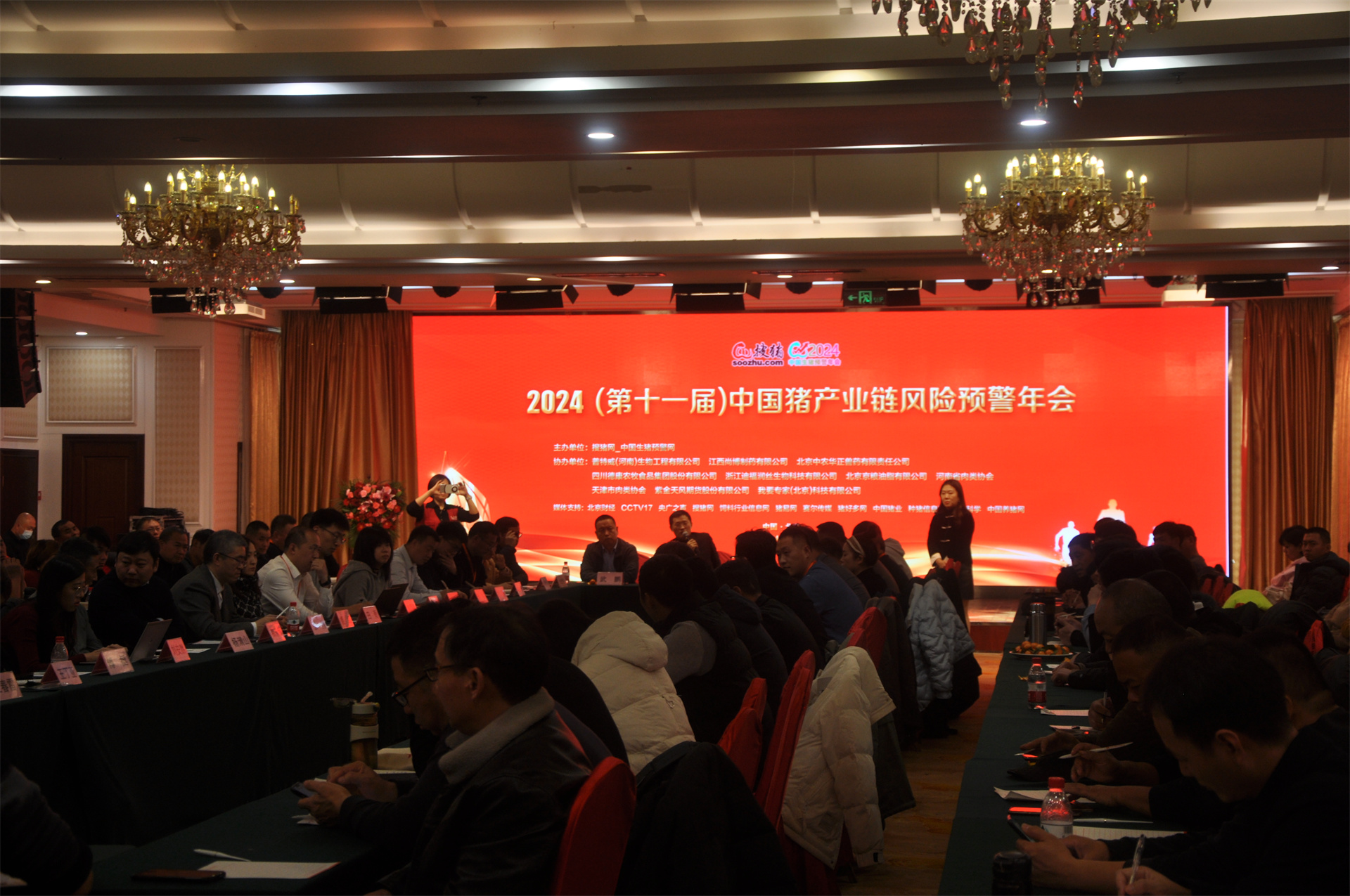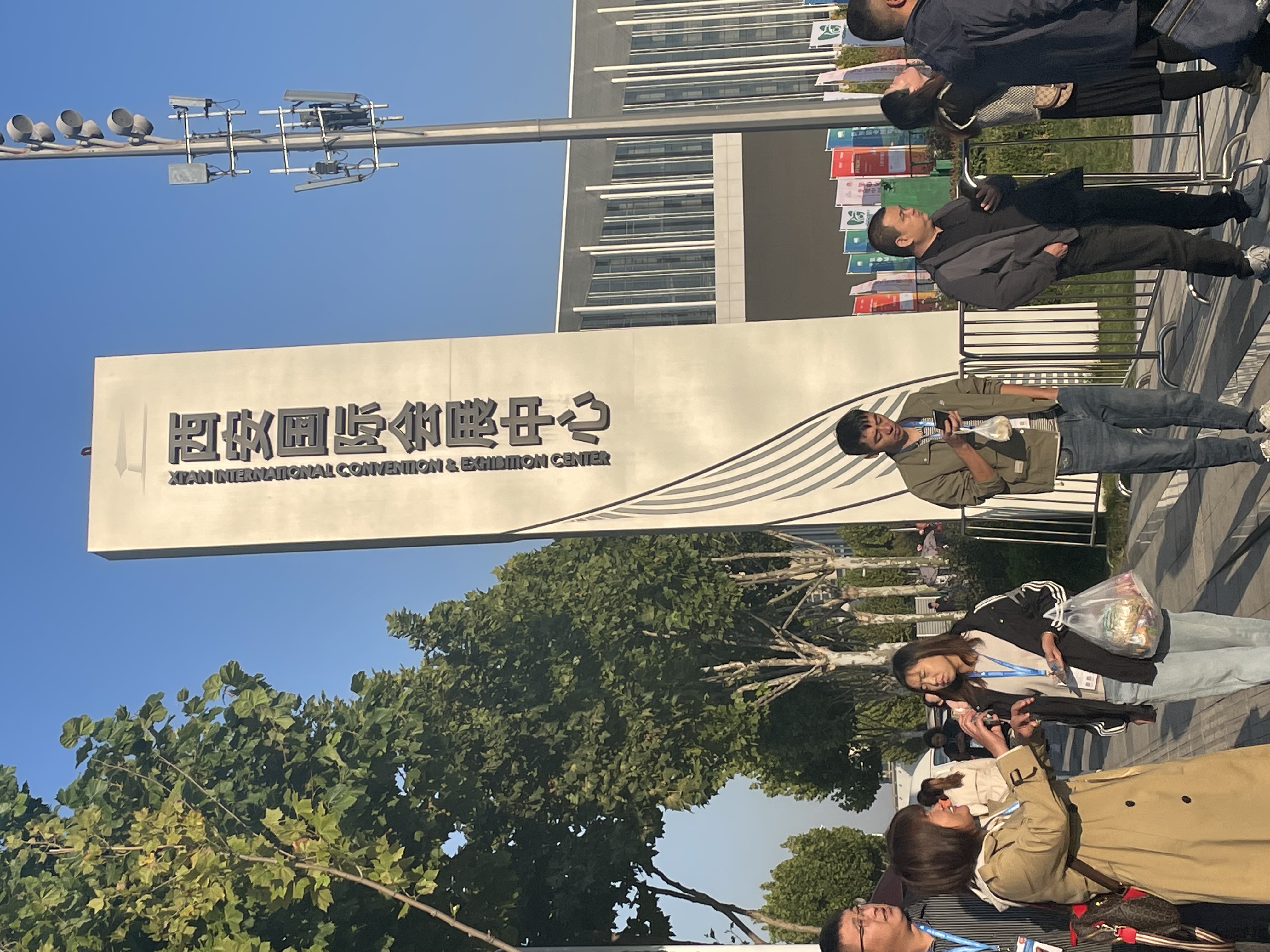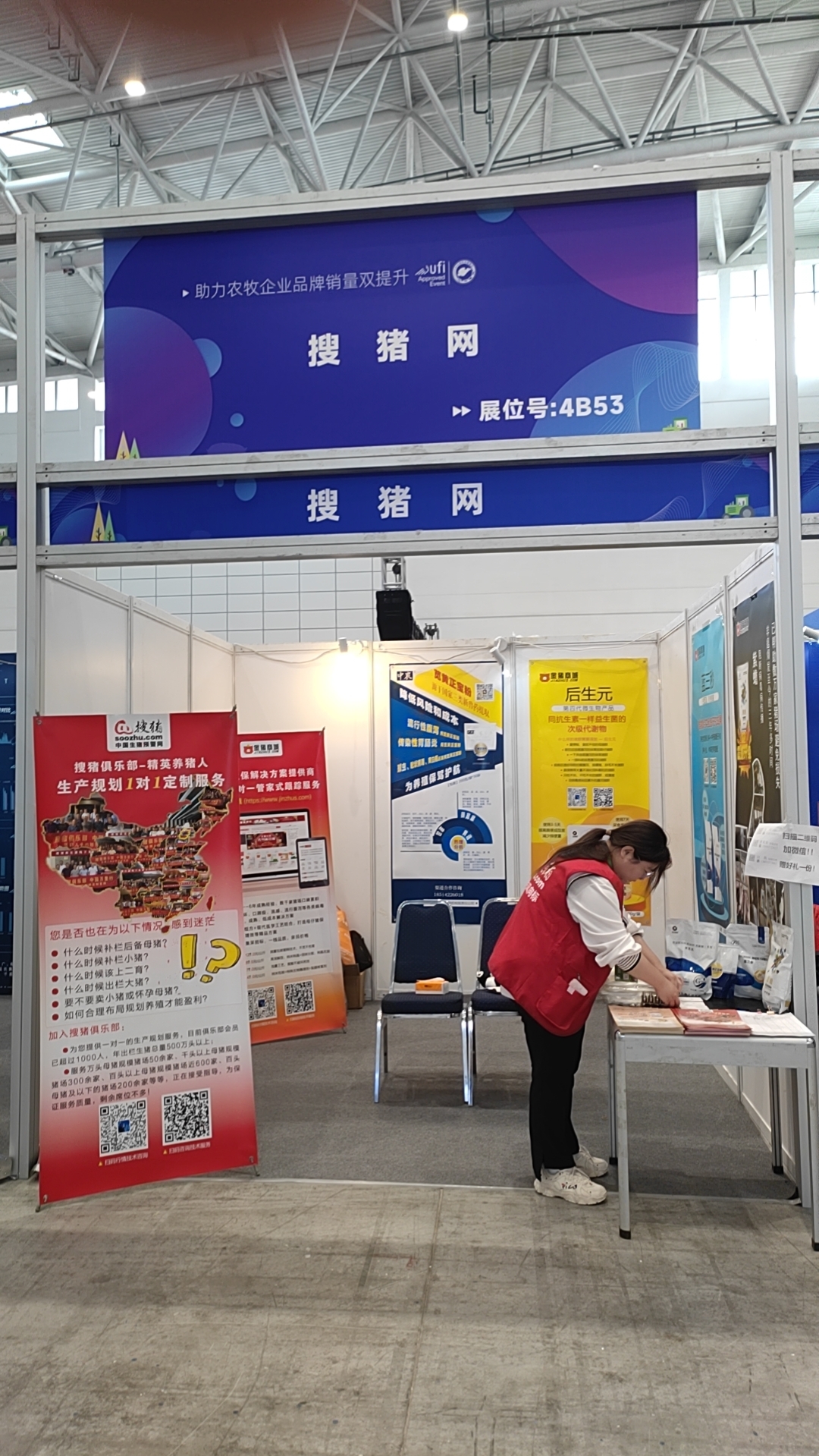Olive oil production waste is currently considered more of a burden than a potential source of extraincome as a valuable feedstuff.
Olives are grown in many areas of the world with a climate similar to that found in the Mediterranean region. The solid by-product from the olive oil industry (olive cake) is usually discarded or fed to ruminants. Very little is used in diets for pigs, although it is a very inexpensive source of energy.
In a recent research trial, the effects of olive cake on digestibility, growth performances, carcass, meat and fat characteristics were studied in sixty gilts, weighing 70 kg at 126 days of age. Increasing levels of olive cake (0, 50, 100 and 150 g/kg of feed) were included in the diet by replacing the same proportion of barley. The trial lasted 35 days, and animals were slaughtered at about 97 kg body weight.
Daily feed intake increased (P=0.04) and daily gain tended to increase (P=0.06), both quadratically,with increasing olive cake inclusion reaching maximum values at 100 g olive cake per kg feed. The daily apparent digestible energy intake also increased quadratically (P=0.04) on increasing dietary olive cake content.
橄榄油生产废物目前被认为是一个负担,而不是作为一种宝贵的饲料的一个潜在的额外收入来源。橄榄生长在世界上许多有类似地中海地区的气候的地区。橄榄油行业的固体副产物(橄榄饼)通常是废弃的或用来喂养反刍动物。很少用于猪的饮食,尽管这是一个非常廉价的能源。在最近的一次研究试验中,在60头小母猪身上研究橄榄饼对消化率的影响及生长表现、胴体、肉和脂肪的特点,在126天大时重70公斤。增加橄榄饼(0、50、100和150克/公斤饲料)在食物中的含量,替换包含在同样比例食物的大麦。试验持续了35天,动物出栏体重约为97公斤。
每日采食量增加(P = 0.04)和单日涨幅往往趋向增加(P = 0.06),这两个构造,随着橄榄饼包含量达到最大值,即每公斤饲料中包含100 g橄榄饼。每日明显消化能量摄入量(P = 0.04)也随食物中橄榄饼的含量的增加而增加。
(审核编辑: 搜猪网翻译官)






















